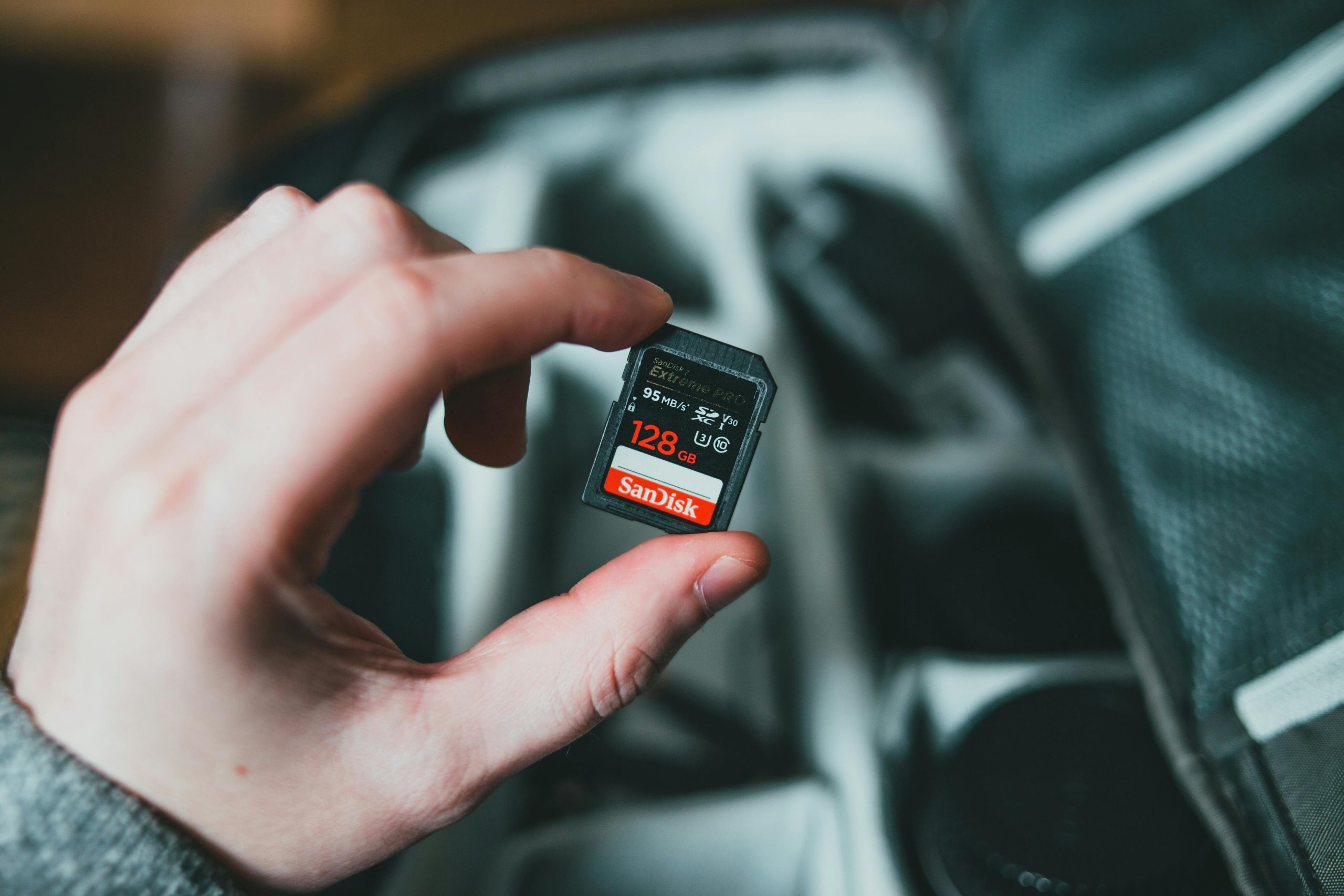Understanding and Troubleshooting a Sudden SD Card Failure: A Guide for Users
Introduction
SD cards are essential for portable storage, especially for gaming consoles like the Nintendo 3DS. However, these cards can sometimes encounter unexpected issues, leading to data loss or access problems. This article explores common causes of SD card failure, diagnostic steps, and best practices to assess the health of your storage device.
Case Study Overview
Consider a user who has been regularly using a 128GB SanDisk Ultra SD card for over a year in a Nintendo 3DS. Recently, after attempting to install a potentially corrupt theme, the SD card became unreadable by both the console and a PC. The user reports that the card no longer mounts properly and Windows prompts for formatting, citing an unrecognized filesystem.
Diagnostic Efforts and Findings
-
Basic Checks and Status Commands
-
The user employed Windows Management Instrumentation Command-line (WMIC) to get the status of the SD card, which indicated the device was functioning properly.
-
Additionally, Windows’ native tools did not detect any hardware issues.
-
Data Recovery Software
-
Data recovery tools like R-Undelete, Disk Drill, and DMDE were used to scan the SD card.
-
Results varied: some tools showed significant unallocated space or damaged blocks, while others detected partial data.
-
Physical Inspection
-
Photos of the SD card’s contact pins suggest no obvious physical damage, although the user noted concerns about the appearance of the pins.
- Attempted cleaning with compressed air was performed to improve contact.
Understanding the Discrepancies
The conflicting results from different diagnostic tools highlight the complexity of SD card failures. While some software can access parts of the memory, others may report corruption or bad sectors. The key indicators include:
- Unallocated space detection suggests that file systems may be corrupted or missing.
- Detected damaged blocks indicate potential hardware degradation.
Assessing SD Card Health
To determine whether the SD card is recoverable or should be replaced, consider these factors:
- Usage History: A year of daily use increases wear, especially if the card is often written to and removed.
- Response to Software Scans: Partial recovery attempts show some residual data, but inconsistent errors point toward hardware issues.
- Physical Condition: No visible damage is a good sign, but internal hardware can degrade silently.
Best Practices for Data Recovery and Preventative
Share this content:


